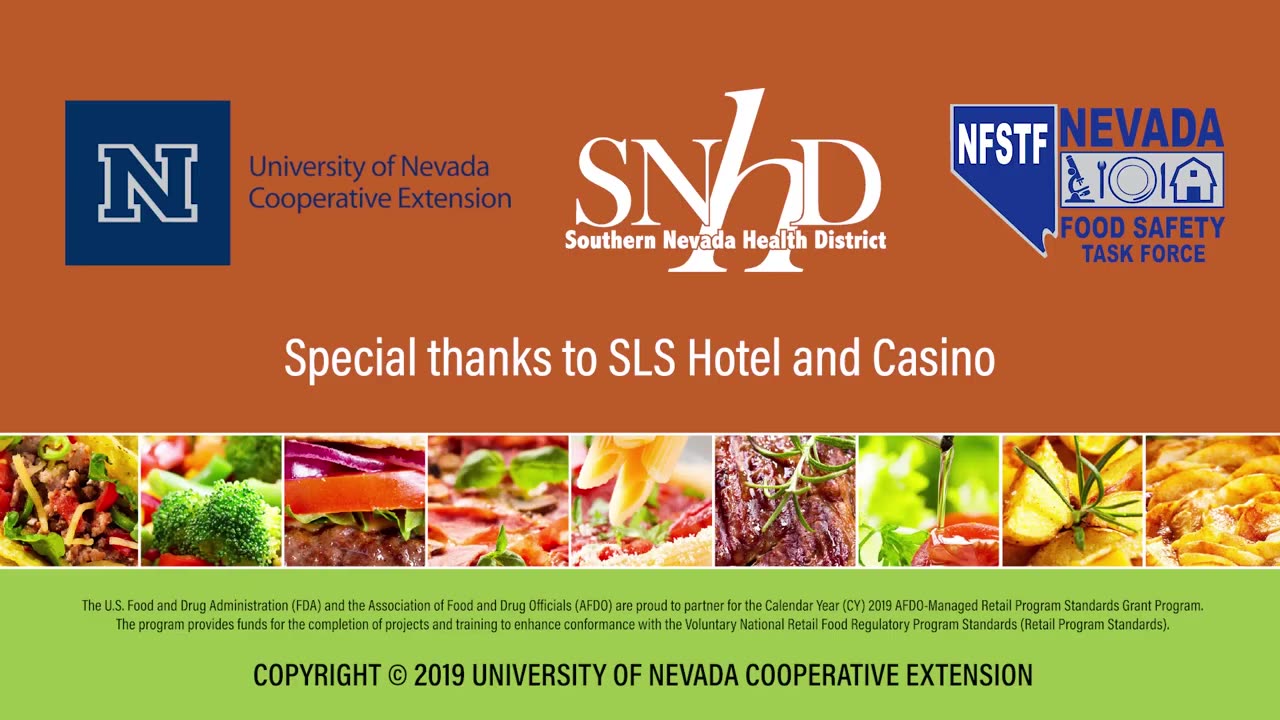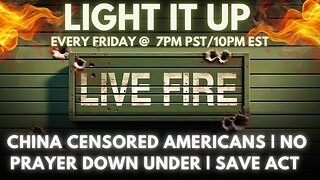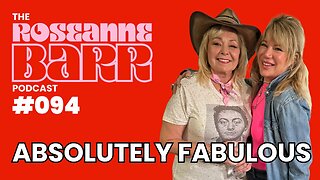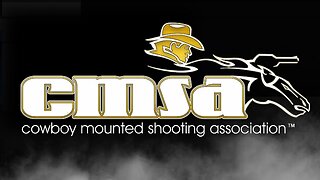Premium Only Content

Module 3 — Personal Hygiene and PPE
### **Module 3: Personal Hygiene and Personal Protective Equipment (PPE)**
Maintaining personal hygiene and wearing appropriate personal protective equipment (PPE) are essential components of food safety. These practices prevent the transfer of harmful microorganisms and contaminants to food.
---
### **1. Importance of Personal Hygiene**
- **Minimizes contamination**: Prevents the spread of bacteria, viruses, and other pathogens.
- **Ensures food safety**: Reduces the risk of foodborne illnesses.
- **Builds consumer confidence**: Cleanliness reflects professionalism and safety in food handling.
---
### **2. Key Personal Hygiene Practices**
#### **A. Daily Hygiene**
- Bathe or shower daily to maintain cleanliness.
- Keep hair clean and tied back or covered.
- Trim and clean fingernails to prevent dirt buildup.
#### **B. Hand Hygiene**
- Wash hands thoroughly as outlined in **Module 2**.
- Avoid touching the face, hair, or any unsanitary surfaces during food preparation.
#### **C. Clean Clothing**
- Wear clean, washable, or disposable clothing.
- Change uniforms or aprons regularly, especially if soiled.
#### **D. Illness Reporting**
- Avoid handling food if experiencing symptoms like diarrhea, vomiting, fever, or open wounds.
- Notify supervisors of any illness to ensure appropriate measures are taken.
---
### **3. Personal Protective Equipment (PPE)**
PPE acts as a barrier to protect food from contamination and ensures the safety of food handlers.
#### **A. Common Types of PPE**
1. **Hairnets or caps**: Prevent hair from falling into food.
2. **Gloves**: Provide a barrier between hands and food.
- Change gloves frequently, especially when switching tasks.
3. **Aprons**: Protect clothing and food from contamination.
4. **Masks**: Prevent respiratory droplets from contaminating food.
5. **Shoe covers**: Reduce the transfer of dirt and contaminants into food preparation areas.
#### **B. Proper Use of PPE**
- Ensure PPE fits properly and is comfortable to wear.
- Replace disposable PPE after each use or if damaged.
- Clean and sanitize reusable PPE regularly.
---
### **4. Avoiding Contamination**
- Avoid wearing jewelry, watches, or accessories that can trap dirt or fall into food.
- Cover wounds or cuts with waterproof bandages and gloves.
- Do not eat, drink, or smoke in food preparation areas.
---
### **5. Role of Personal Hygiene and PPE in Food Safety**
- Enhances overall cleanliness in the food handling process.
- Prevents physical, biological, and chemical contamination.
- Ensures compliance with food safety regulations and standards.
---
### **Conclusion**
Maintaining high standards of personal hygiene and using appropriate PPE is essential for ensuring food safety and preventing contamination. Food handlers play a crucial role in upholding these practices to protect both consumers and the reputation of food businesses.
-
 20:24
20:24
HSESafetyInformation
1 month agoKABULI PULAO RECIPE - Original 40+ KG Afghani Meat Pulau Prepared - Street Food Qabili Plav Recipe_2
27 -
 3:21:57
3:21:57
I_Came_With_Fire_Podcast
14 hours agoCHINA CENSORED AMERICANS | NO PRAYER DOWN UNDER | SAVE ACT
30.7K7 -
 2:06:42
2:06:42
TimcastIRL
7 hours agoPolice ARREST "MR SATAN" For Threatening To ASSASSINATE Trump, KILL ICE Agents | Timcast IRL
193K199 -
 LIVE
LIVE
XxXAztecwarrior
5 hours agoKilling Little Timmy's On Verdansk
692 watching -
 1:26:01
1:26:01
Roseanne Barr
10 hours ago $19.06 earnedAbsolutely Fabulous W/ Shannon Hughey #94
73.6K22 -
 4:53:16
4:53:16
SynthTrax & DJ Cheezus Livestreams
21 hours agoFriday Night Synthwave 80s 90s Electronica and more DJ MIX Livestream THE NEW MODEL - Variety Edition
41.9K6 -
 LIVE
LIVE
Anthony Rogers
1 day agoAnthony Rogers Show - 24/7 Stream
463 watching -
 2:11:55
2:11:55
Total Horse Channel
15 hours ago2025 CMSA Extravaganza | Mounted Shooting
42.3K1 -
 4:50:33
4:50:33
VapinGamers
6 hours ago $3.09 earnedGedonia 2 - Early Release Preview and Co-Stream! - !game #Sponsored
47K -
 1:32:39
1:32:39
Glenn Greenwald
11 hours agoWeek in Review: Trump's Tariffs, Ukraine Negotiations, Possibility of War with Iran, and More with Glenn Greenwald, Lee Fang, & Michael Tracey | SYSTEM UPDATE #438
135K58